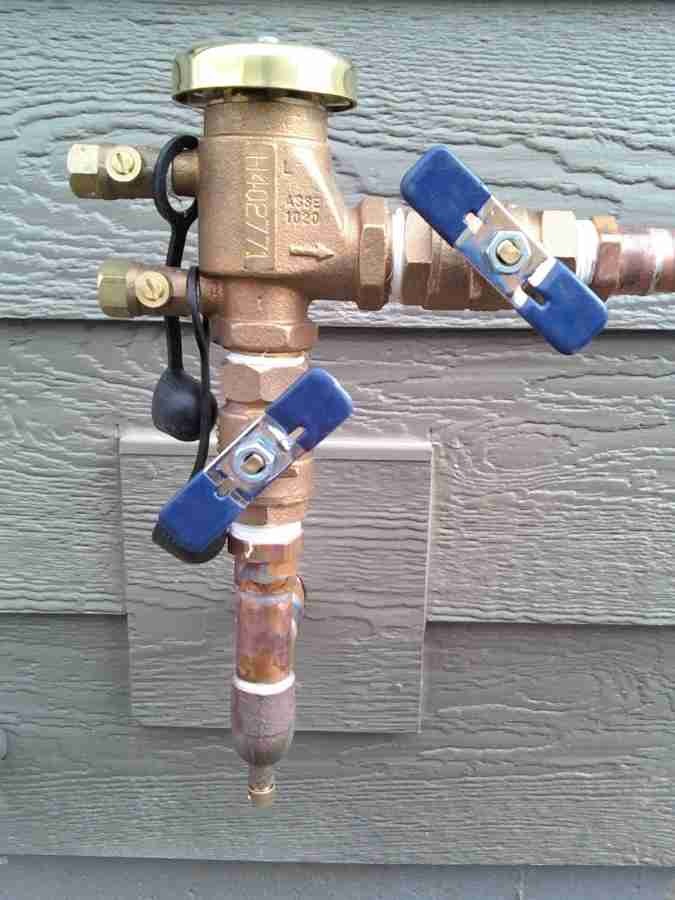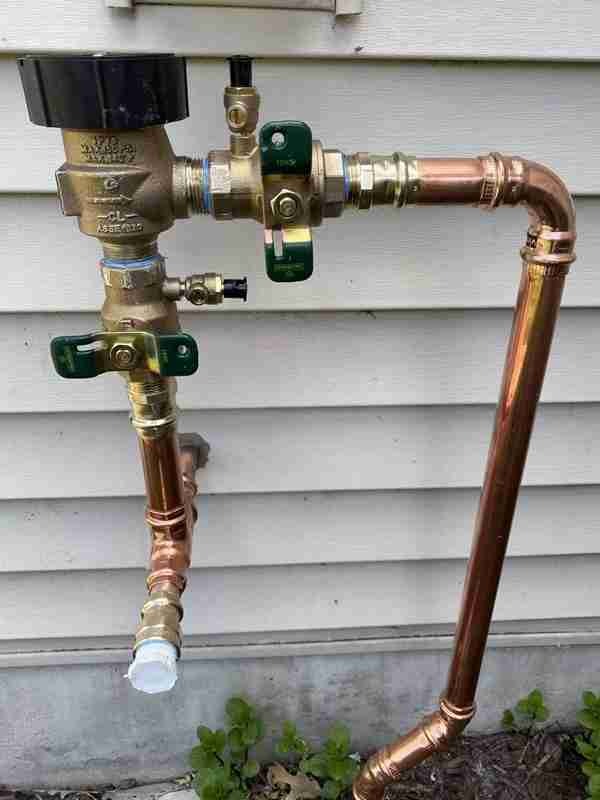Does your property have a backflow preventer?
What you need to know about backflow testing.
Clean drinking water is something we probably take for granted in the US. But did you know that it’s not just the water authority that keeps our water clean and clear? Oftentimes, it’s also up to the property owners to ensure any backflow systems installed on their property are operating properly. This is done through annual backflow testing.
But what exactly is a backflow system? And how is it tested? Here we answer any questions you may have about the system and the process for getting tested.
What is a backflow preventer?
A backflow preventer is installed at cross-connections in a water supply to ensure that potable water is flowing in one direction only. A backflow preventer is a device that prevents water from flowing backward into the public water supply. Without a backflow preventer in place, contaminated water could get into the drinking water supply and cause a multitude of health issues for consumers.
What is backflow testing and why is it important?
Like any other equipment, proper maintenance and testing is crucial to ensure that everything is operating properly. Backflow can occur when there are changes in pressure in the system. To prevent contamination, the device should be tested on an annual basis to ensure that it is working as it should. Depending on the hazard and requirements of the system, there are different options for backflow preventer devices, including:
- Check valves
- Pressure vacuum breakers
- Double check valves
- Reduced pressure zone assemblies
How to know if you need backflow testing and how often?
 Many local municipalities have regulations and plumbing codes that require the installation of backflow preventer and regular testing of the device. Backflow prevention devices could be installed on several different systems on a property including water service connections, irrigation systems, and fire sprinkler systems. Building owners should be aware of all devices on their property, as well as sources of potential backflow.
Many local municipalities have regulations and plumbing codes that require the installation of backflow preventer and regular testing of the device. Backflow prevention devices could be installed on several different systems on a property including water service connections, irrigation systems, and fire sprinkler systems. Building owners should be aware of all devices on their property, as well as sources of potential backflow.
To determine what the local regulations and requirements for testing are, property owners should contact their local water authority or municipality. The frequency of backflow testing is normally on an annual basis. However, higher risk properties may have more stringent testing requirements that require more frequent testing.
What happens during a backflow test?
When a property owner schedules their annual test, a certified backflow professional will inspect the backflow preventer and perform a series of tests to see how the device is functioning. The process will vary depending on the type of backflow preventer that is installed (check valve, pressure vacuum breaker, double check valve, or reduced pressure zone assembly). The most common steps for testing typically include the following:
- Visual Inspection: in this step the certified backflow professional will visually inspect the backflow preventer for the condition of the device and its surroundings, and look for any visible damage, leaks, or wear that can occur over time.
- Pressure Checks: the pressure will be checked in multiple locations on the device itself to ensure it is functioning properly.
- Device Testing: an operation test will be conducted to verify that the device responds to changes in water flow. If the device has a check valve, the valve will be tested to ensure it is preventing backflow of water.
- Leak Checks: the device and its components will be inspected for any leaks which could cause the device to fail.
 After completing the test, the certified backflow professional will inform the property owner if the backflow preventer passed or failed the test. If the device passes, the test results will be provided to the local water authority or municipality. If the device fails, the property owner will be required to replace or repair the device. After repair, the device will need to be tested again to ensure it is now functioning properly.
After completing the test, the certified backflow professional will inform the property owner if the backflow preventer passed or failed the test. If the device passes, the test results will be provided to the local water authority or municipality. If the device fails, the property owner will be required to replace or repair the device. After repair, the device will need to be tested again to ensure it is now functioning properly.
If you need backflow testing, Blue Chip Plumbing can help. Our certified backflow professionals will conduct a thorough test to ensure your systems meet local requirements. Contact us here or give us a call today at (513) 999-6820 to speak to a backflow specialist and get a free quote on testing.

